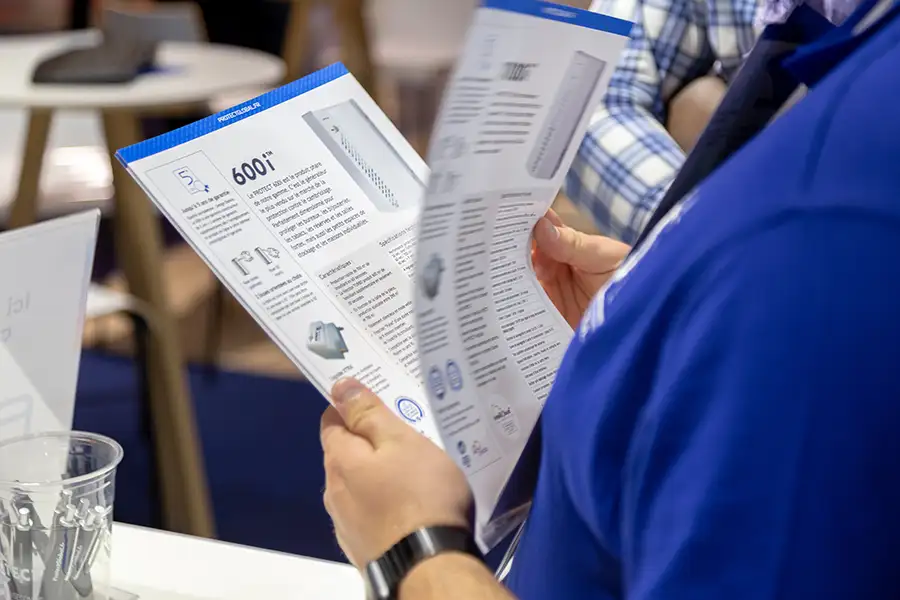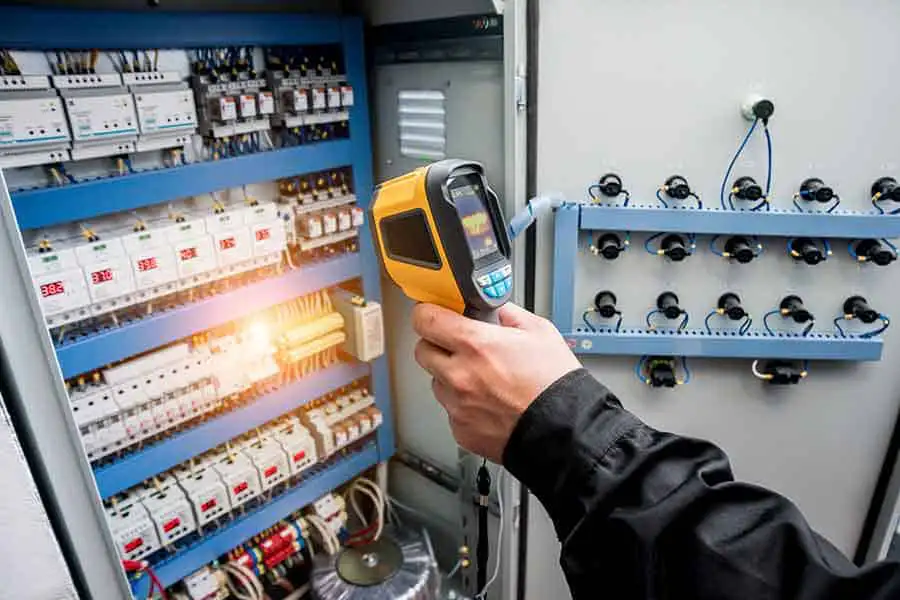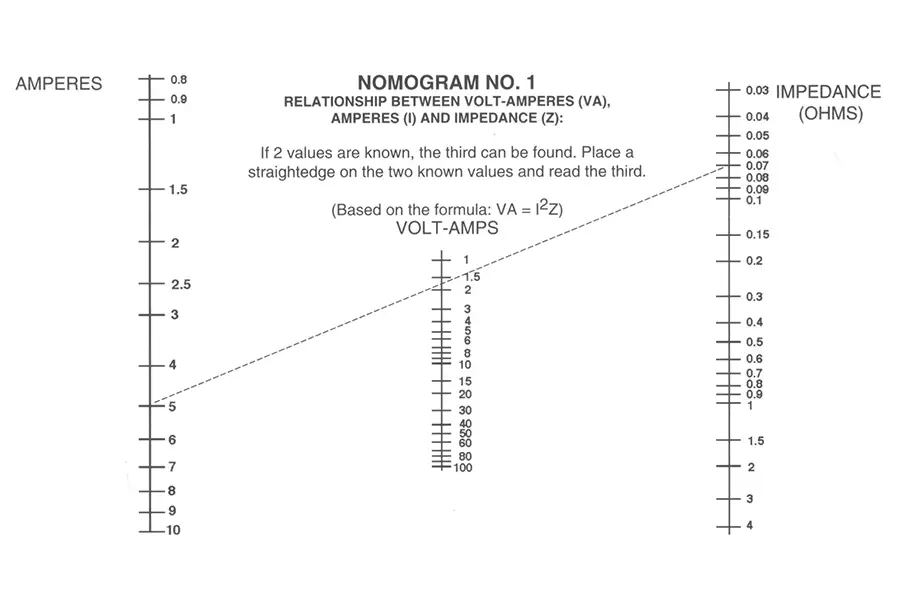
What do companies like Google, Facebook, Apple, Amazon, Microsoft, IBM, and Cisco have in common? Data centers. With millions of internet users doing everything from shopping to social media, streaming movies to photo sharing, these digital activities generate massive amounts of data that must be stored, and that storage platform is data centers.
Since December 1995, Internet usage has grown from 16 million users to 4.5 billion users, representing 58.8% of the world's population at the time of this writing (December 2019)1. This explosive growth of internet users and the resulting collected data has necessitated the development of large data centers worldwide, of which there now is approximately 8.5 million in operation.
Voltage and current transformers play a vital role in the monitoring and metering operations of data centers and provide the necessary inputs to protective relays, ensuring the electrical distribution systems of these facilities remain at peak operating levels. CTs and PTs are found not only in the high voltage utility substation side of operations but also in the medium voltage switchgear and the low voltage distribution switchboards. In short, data centers can't function without current transformers and potential transformers.
Data centers vary in size from several hundred kilowatts up to more than 40MW2, and the capacity determines the design and configuration of the data center's electrical distribution system.
For large capacity (up to 45MW total load capacity) data centers, the substation that feeds the facility will be directly connected to the high voltage utility grid, possibly with transmission/sub-transmission voltages in excess of 69-138kv. Substation transformers will step these high voltages down to the primary medium voltage distribution of 15kv. Depending on the arrangement between the utility company and the customer, utility metering can be done on the primary side of the transformer using high voltage potential and current transformers to pass the low voltage inputs to the metering device(s) that measure the total power consumption of the substation. These potential transformers and current transformers not only provide the tariff metering functions, but they also provide the necessary inputs to the protection relays to isolate and protect the high voltage substation equipment during abnormal conditions such as the occurrence of fault currents.
Tariff metering can also happen at the medium voltage distribution side, possibly at the medium voltage switchgear, where the installed utility power and energy meters reside. Built-in redundancies of the electrical distribution system, at the incoming utility connections, and also at the medium voltage distribution systems have been put in place to ensure the availability and continuous operation of the data centers. Added to this setup are standby generators that provide back-up power in the event of a disruption to the grid-supplied electricity.
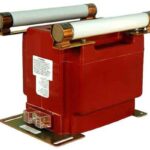
The 15kv voltage from medium voltage switchgear is stepped-down to the 277/480Y volts through the use of indoor rated distribution transformers, which could be silicone oil-filled or dry-type transformers. These distribution transformers feed the low voltage switchgear and switchboards that provide the final utilization voltages to the data center power racks. Power quality monitoring and tracking of power consumption on individual feeder lines can occur at the low voltage systems typically rated 277/480Y volts.
Metering devices for voltage and load current measurements, and for power and energy monitoring, are connected to the low voltage potential transformers such as the model 456, 460, 3VTN and 3VTL and low voltage current transformers. The selection of the current transformers depends on the metering accuracy that is required. However, since at this point, there is no need for revenue tariff metering, the +/-1.0% metering accuracy of current transformers should be acceptable.
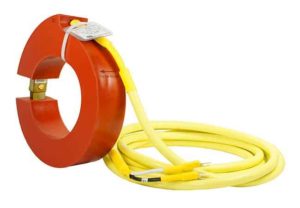
FLEX-CORE® has a large in-stock inventory of medium voltage and low voltage current transformers available to ship the same day, and we have experienced engineers to provide equipment selection and technical support.
References
-
- Internet World Stats, www.internetworldstats.com
-
- Schneider Electric, www.se.com
-
- ABB Group, www.abb.com

